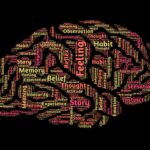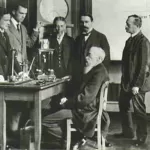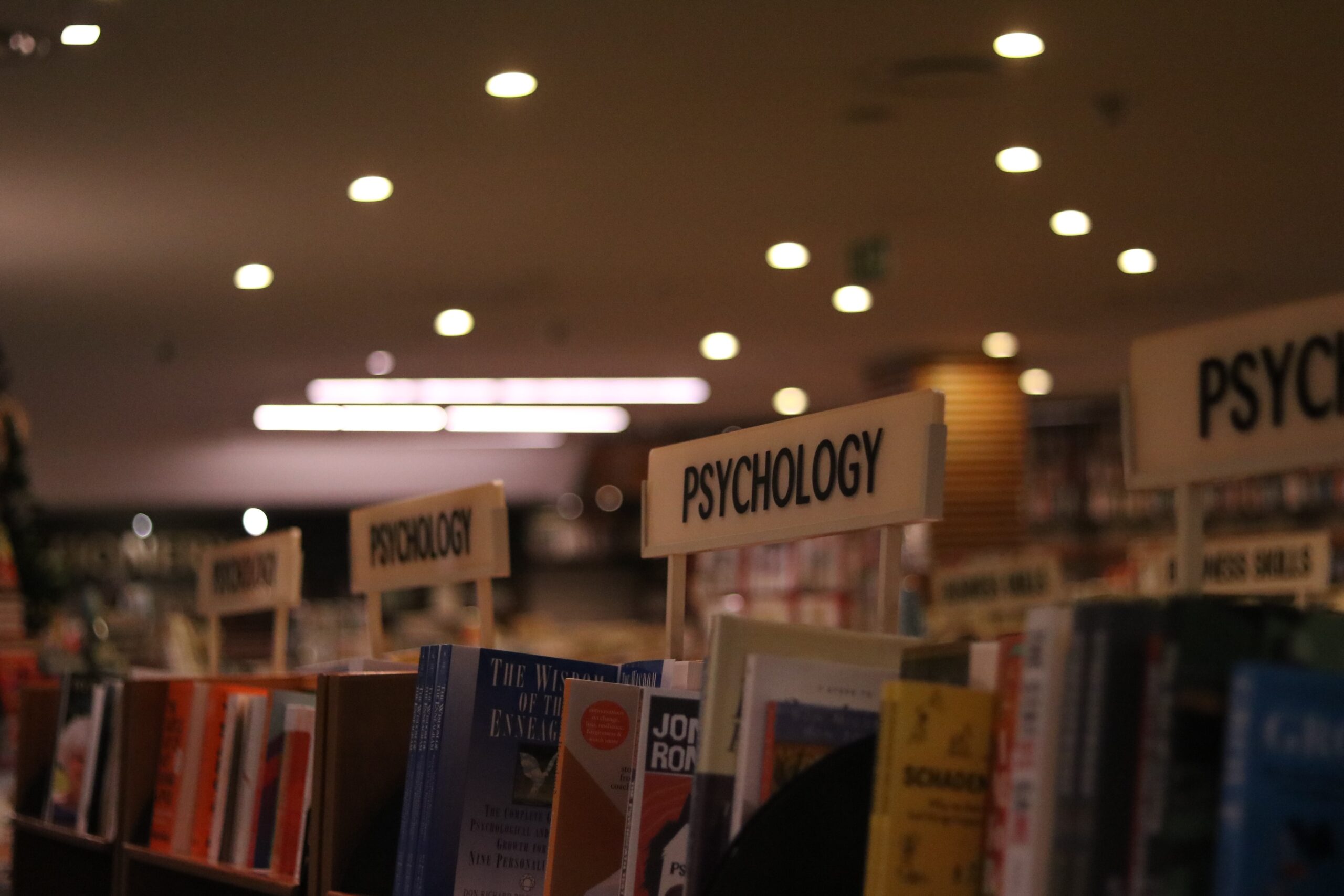Introduction:
Learning is a fundamental process that shapes our understanding, behavior, and growth. Throughout history, psychologists have proposed various concepts and theories to explain how learning occurs. In this blog post, we will delve into the concepts and theories of learning, including behaviorist, Gestaltist, and information processing models. Additionally, we will explore essential processes such as extinction, discrimination, and generalization. Furthermore, we will discuss programmed learning, probability learning, self-instructional learning, reinforcement schedules, escape, avoidance, punishment, modeling, and social learning.
Concepts and Theories of Learning:
1. Behaviorist Model:
The behaviorist model, pioneered by B.F. Skinner and John B. Watson, emphasizes observable behavior and external stimuli. According to behaviorists, learning occurs through conditioning, which is the process of associating stimuli with responses. Classical conditioning, as discovered by Ivan Pavlov, involves the association of a neutral stimulus with an unconditioned stimulus to evoke a conditioned response. Operant conditioning, on the other hand, involves the association of behaviors with consequences, leading to reinforcement or punishment.
2. Gestaltist Model:
The Gestaltist model, led by Max Wertheimer, Wolfgang Köhler, and Kurt Koffka, focuses on the organization of information and how individuals perceive patterns and wholes rather than isolated parts. Gestalt psychology asserts that learning involves insight, where individuals comprehend the underlying relationships within a problem. This model emphasizes the importance of the whole experience rather than the sum of its parts.
3. Information Processing Model:
The information processing model views the mind as a computer-like system that processes information through various stages, including input, encoding, storage, and retrieval. This model suggests that learning involves the acquisition, organization, and integration of information. Cognitive psychologists such as Jean Piaget and Lev Vygotsky contributed to this model by highlighting the role of mental processes, memory, and problem-solving in learning.
Processes of Learning:
1. Extinction:
Extinction occurs when a previously learned behavior diminishes or disappears due to the absence of reinforcement. It is the process of unlearning a behavior that was previously reinforced. For example, if a dog is no longer rewarded for performing a trick, it may gradually stop exhibiting that behavior.
2. Discrimination:
Discrimination refers to the ability to differentiate between similar stimuli and respond selectively to specific stimuli. Through discrimination, individuals learn to identify the unique features of a stimulus and respond accordingly. For instance, a child learns to distinguish between different musical instruments based on their sounds.
3. Generalization:
Generalization involves applying previously learned knowledge or behaviors to new situations or stimuli. It occurs when individuals respond similarly to different but similar stimuli based on shared characteristics. For instance, a child who learns to read using picture books might generalize their reading skills to other books with similar visual cues.
Learning Strategies and Phenomena:
1. Programmed Learning:
Programmed learning is an instructional approach that breaks down complex material into smaller, sequential steps or units. It presents information in a structured manner, allowing learners to progress at their own pace. Programmed learning often incorporates feedback and reinforcement to facilitate understanding and retention of the material.
2. Probability Learning:
Probability learning focuses on how individuals acquire knowledge about the likelihood of events occurring. It involves making predictions and adjusting behaviors based on the probability of certain outcomes. This type of learning is commonly associated with conditioning experiments involving reinforcement contingencies.
3. Self-Instructional Learning:
Self-instructional learning emphasizes independent learning through self-regulation. It involves setting goals, monitoring progress, and employing self-instructions or self-talk to guide learning. This approach promotes autonomy and self-directed learning, allowing individuals to develop effective learning strategies.
4. Reinforcement:
Reinforcement plays a crucial role in learning and behavior. Reinforcement can be positive (providing rewards or incentives) or negative (removing aversive stimuli). It strengthens the likelihood of a behavior being repeated. Different schedules of reinforcement, such as continuous reinforcement or partial reinforcement, can impact the rate and persistence of learning.
5. Escape, Avoidance, and Punishment:
Escape and avoidance learning involve acquiring behaviors to remove or avoid aversive stimuli. Escape learning occurs when a behavior leads to the termination of an unpleasant stimulus, while avoidance learning involves preventing the occurrence of the aversive stimulus altogether. Punishment, on the other hand, aims to decrease the likelihood of a behavior through the introduction of aversive consequences.
6. Modeling and Social Learning:
Modeling, also known as observational learning or vicarious learning, occurs when individuals learn by observing and imitating others. Albert Bandura’s social learning theory highlights the importance of modeling in the acquisition of new behaviors, attitudes, and skills. By observing others, individuals can learn from their successes and failures, expanding their repertoire of behaviors.
Conclusion:
Understanding the concepts and theories of learning provides valuable insights into how individuals acquire knowledge, skills, and behaviors. The behaviorist, Gestaltist, and information processing models offer distinct perspectives on learning processes. Extinction, discrimination, and generalization are essential cognitive processes that shape our ability to adapt to new situations. Moreover, programmed learning, probability learning, self-instructional learning, reinforcement, punishment, modeling, and social learning demonstrate the diversity of strategies and phenomena within the realm of learning. By exploring these concepts and theories, we can deepen our understanding of how learning occurs and enhance our own learning experiences.







